Key Facts
- Length: 47cm
- Weight: 510g
- Wingspan: 98cm
- Average Lifespan: 4 years
The all-black Carrion Crow is a mostly solitary bird and does not nest in colonies like the similar Rook. Unlike the Rook, it has a black bill and bare legs. It can be seen almost everywhere.
The crow that we are most familiar with, the Carrion Crow is all black and makes a hoarse, cawing sound. Carrion Crows make big nests out of twigs, rags, bones, and anything else they can find, which they hide in tall bushes; they do not nest in colonies like Rooks but are mostly solitary. Carrion Crows are birds of farmland and grassland, but are extremely adaptable and will come to gardens for food, often seeming to be quite fearless. They feed on carrion, invertebrates and grain, as well as stealing eggs and chicks from other birds’ nests. Although now classed as a separate species to the similar Hooded Crow, Carrion Crows can interbreed with their cousins, and hybrids occur where their ranges cross.
How to Identify
The Carrion Crow is all-black, with a glossy sheen. Unlike the Rook, it has a black bill with no bare patches, and does not sport any feathery ‘trousers’ on its legs. It is smaller than the Raven and has a square-ended tail.
Where to Find
Widespread. Absent from north-west Scotland, Northern Ireland and the Isle of Man.
How People Can Help
Much maligned for taking eggs and chicks from other birds, and persecuted for the belief that they took livestock, Crows are actually not as villainous as we think. To help populations of all our birds, The Wildlife Trusts are working towards a ‘Living Landscape’: a network of habitats and wildlife corridors across town and country, which are good for both wildlife and people. You can support this greener vision for the future by joining your local Wildlife Trust.
Did you know?
Crows are quite solitary birds, only gathering in large numbers to roost during the winter.
Similar Species
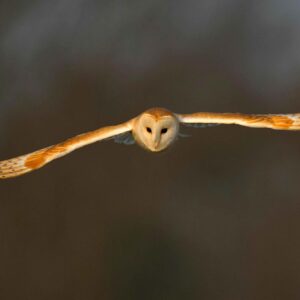
Barn Owl
- Birds
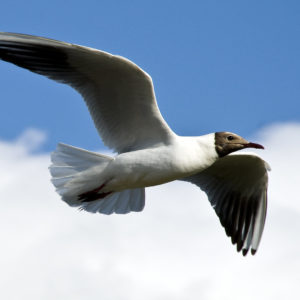
Black-Headed Gull
- Birds
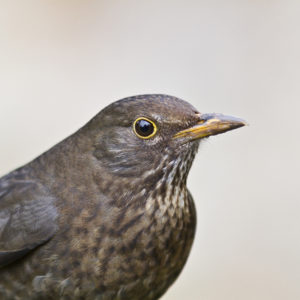
Blackbird
- Birds
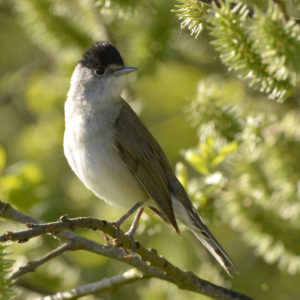
Blackcap
- Birds
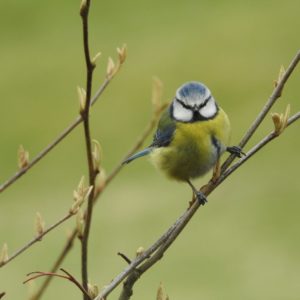
Blue Tit
- Birds
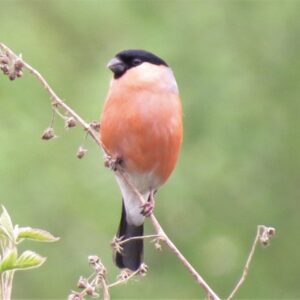
Bullfinch
- Birds
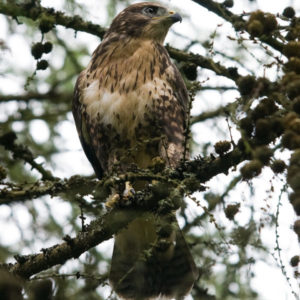
Buzzard
- Birds
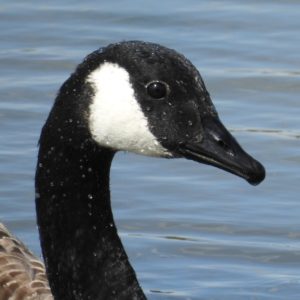
Canada Goose
- Birds
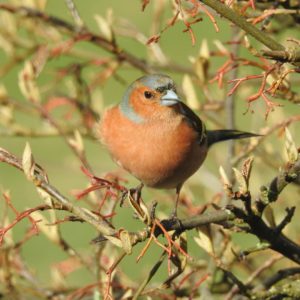
Chaffinch
- Birds
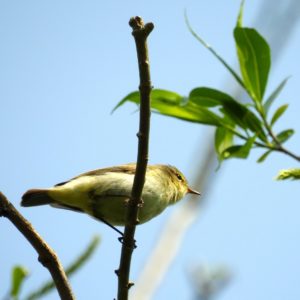
Chiffchaff
- Birds
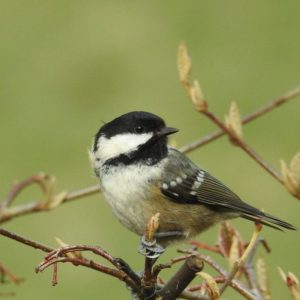
Coal Tit
- Birds
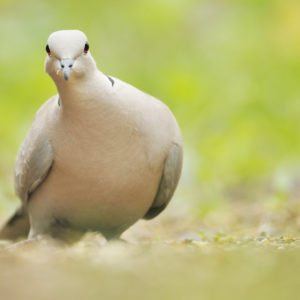
Collared Dove
- Birds
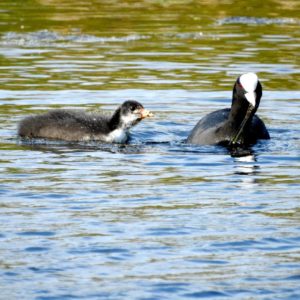
Coot
- Birds
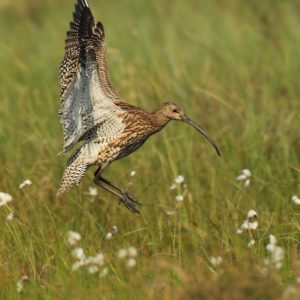
Curlew
- Birds
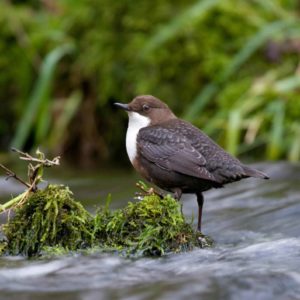
Dipper
- Birds
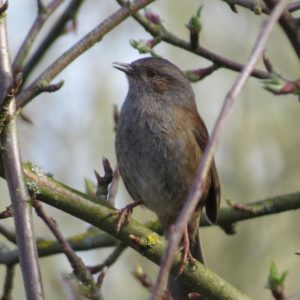
Dunnock
- Birds
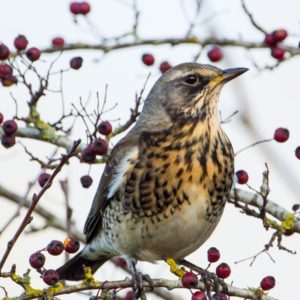
Fieldfare
- Birds
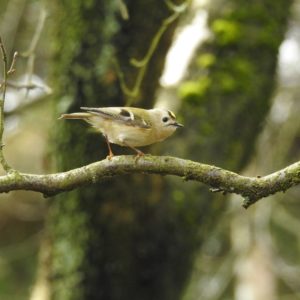
Goldcrest
- Birds
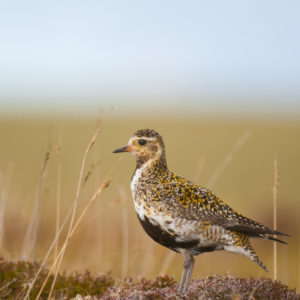
Golden Plover
- Birds
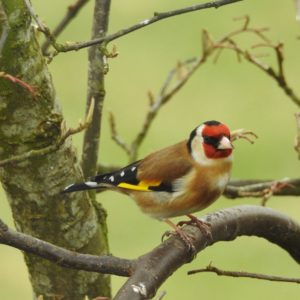
Goldfinch
- Birds
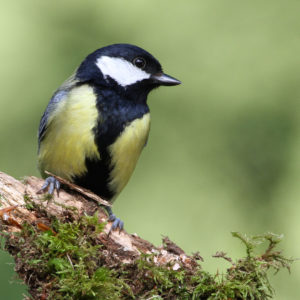
Great Tit
- Birds
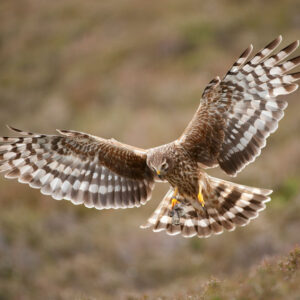
Hen Harrier
- Birds
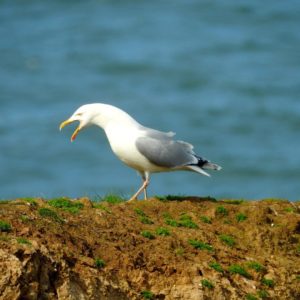
Herring Gull
- Birds
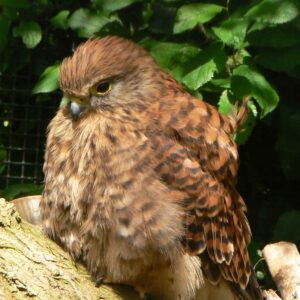
Kestrel
- Birds
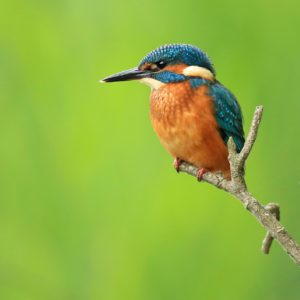
Kingfisher
- Birds
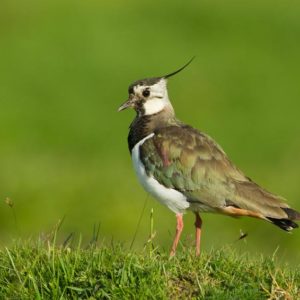
Lapwing
- Birds
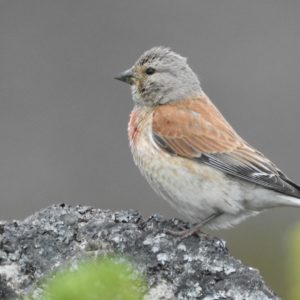
Linnet
- Birds
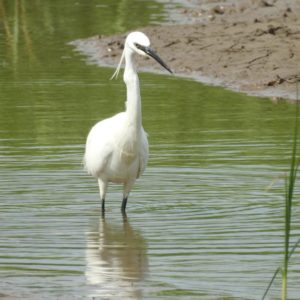
Little Egret
- Birds
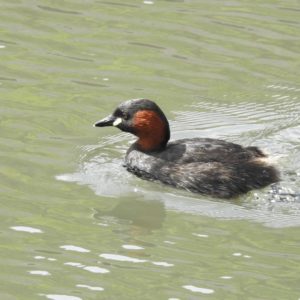
Little Grebe
- Birds
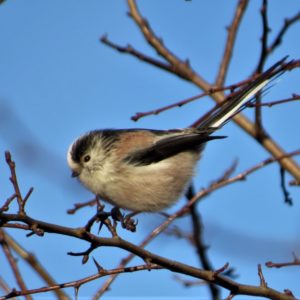
Long-Tailed Tit
- Birds
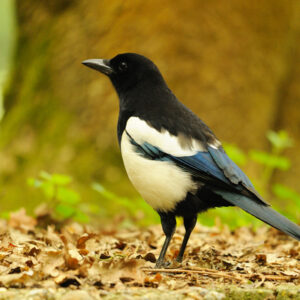
Magpie
- Birds
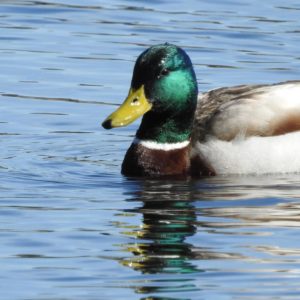
Mallard
- Birds
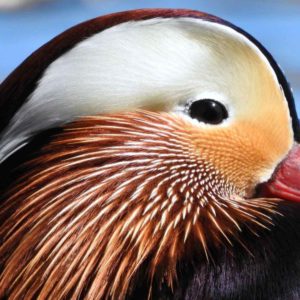
Mandarin Duck
- Birds
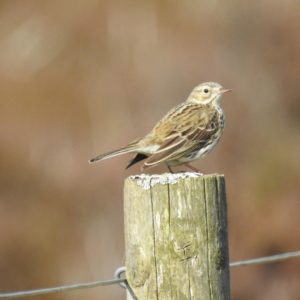
Meadow Pipit
- Birds
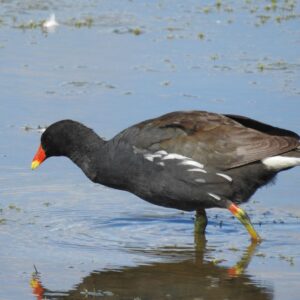
Moorhen
- Birds
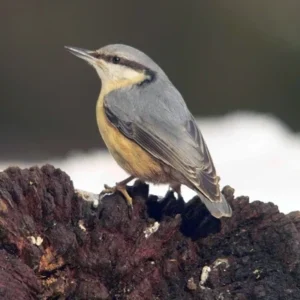
Nuthatch
- Birds
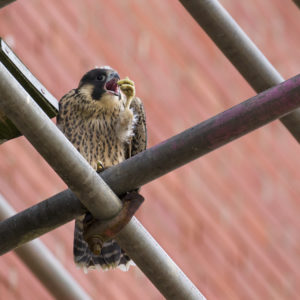
Peregrine falcon
- Birds
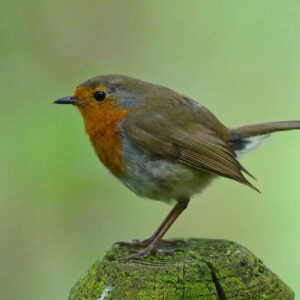
Robin
- Birds
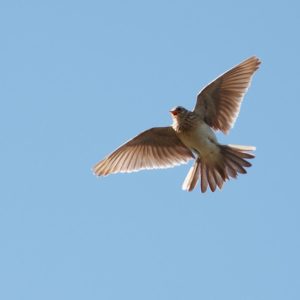
Skylark
- Birds
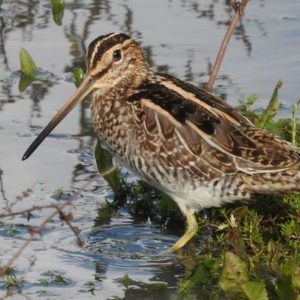
Snipe
- Birds
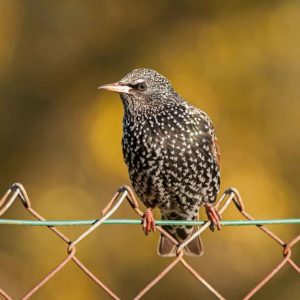
Starling
- Birds
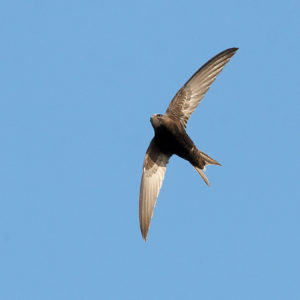
Swift
- Birds
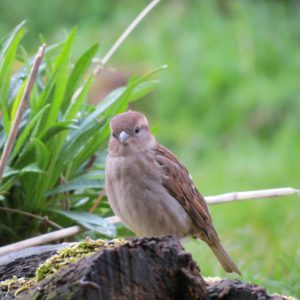
Tree Sparrow
- Birds
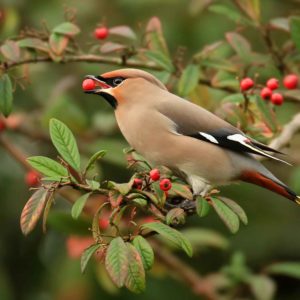
Waxwing
- Birds
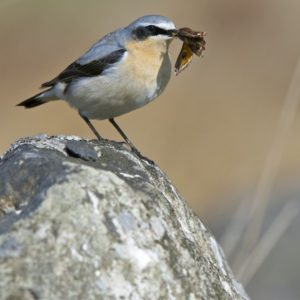
Wheatear
- Birds
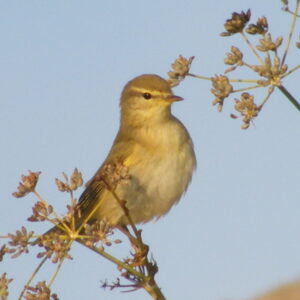
Willow Warbler
- Birds
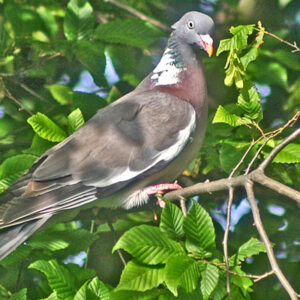
Wood Pigeon
- Birds

Wood Warbler
- Birds

Wren
- Birds
